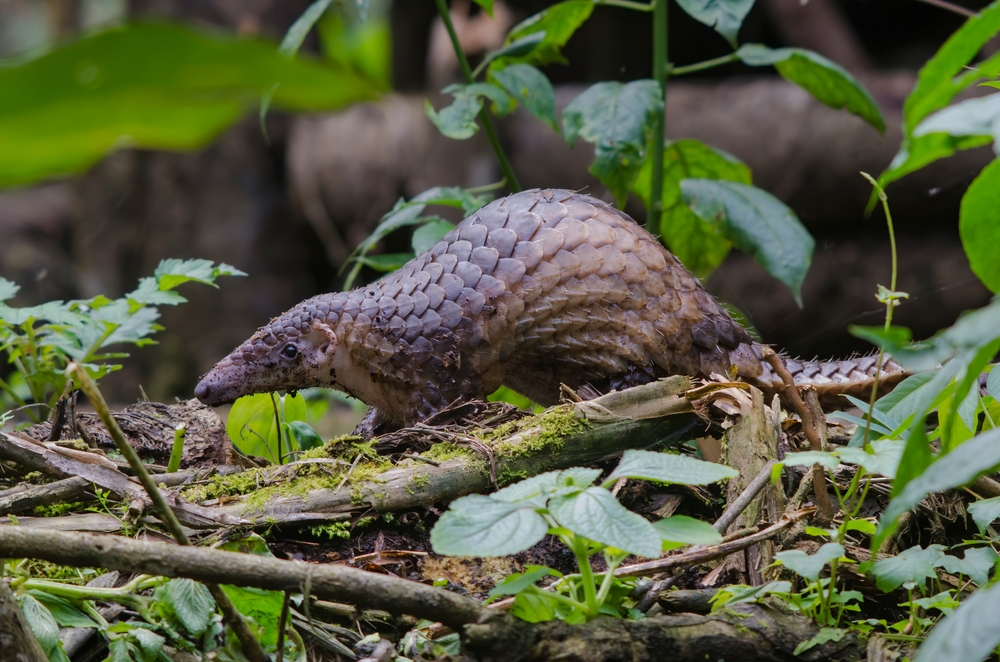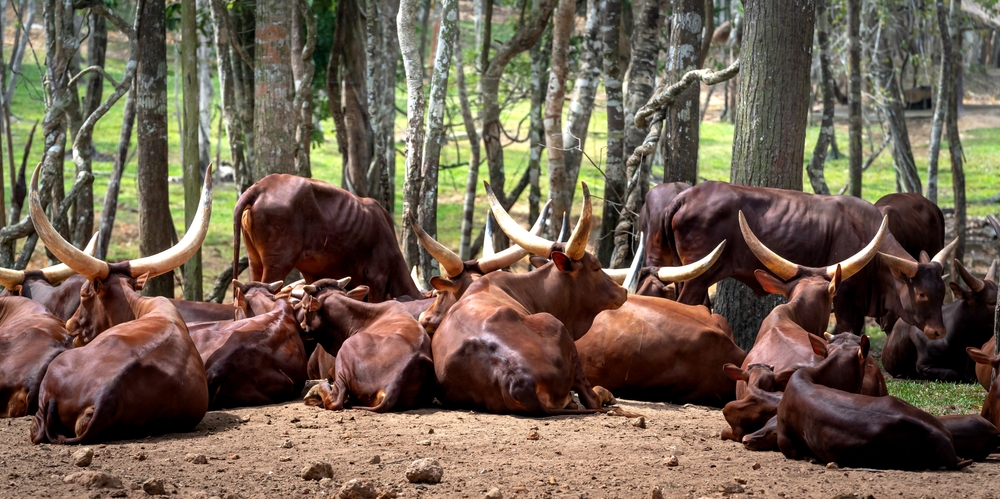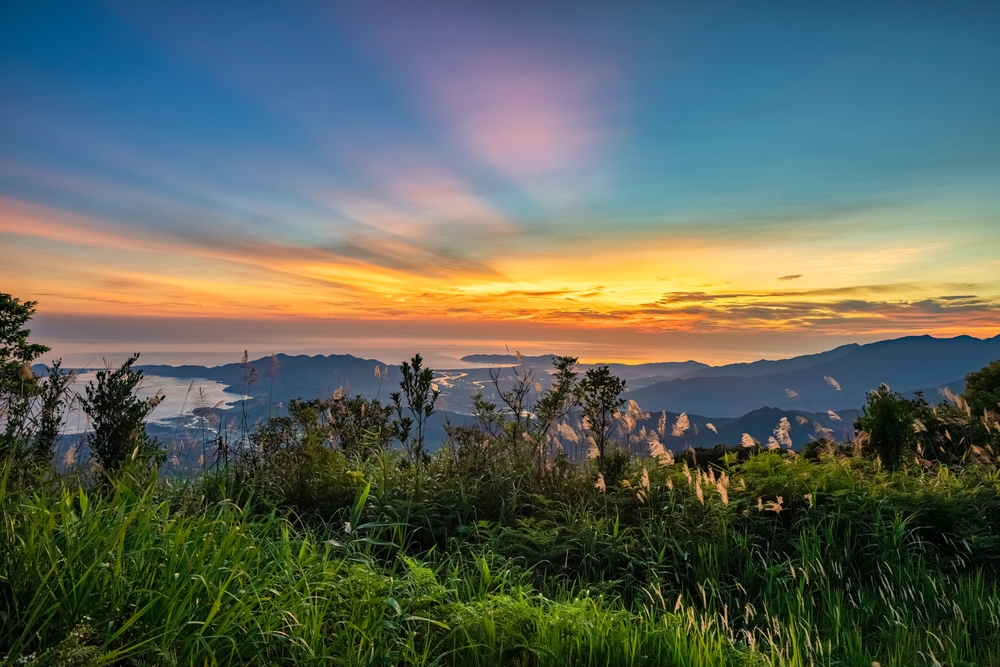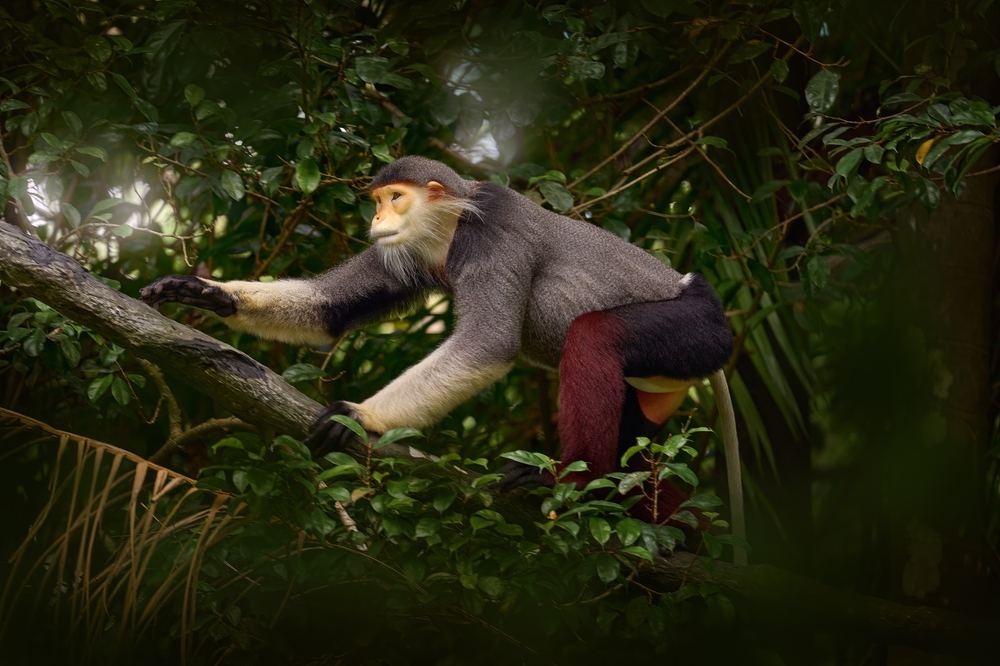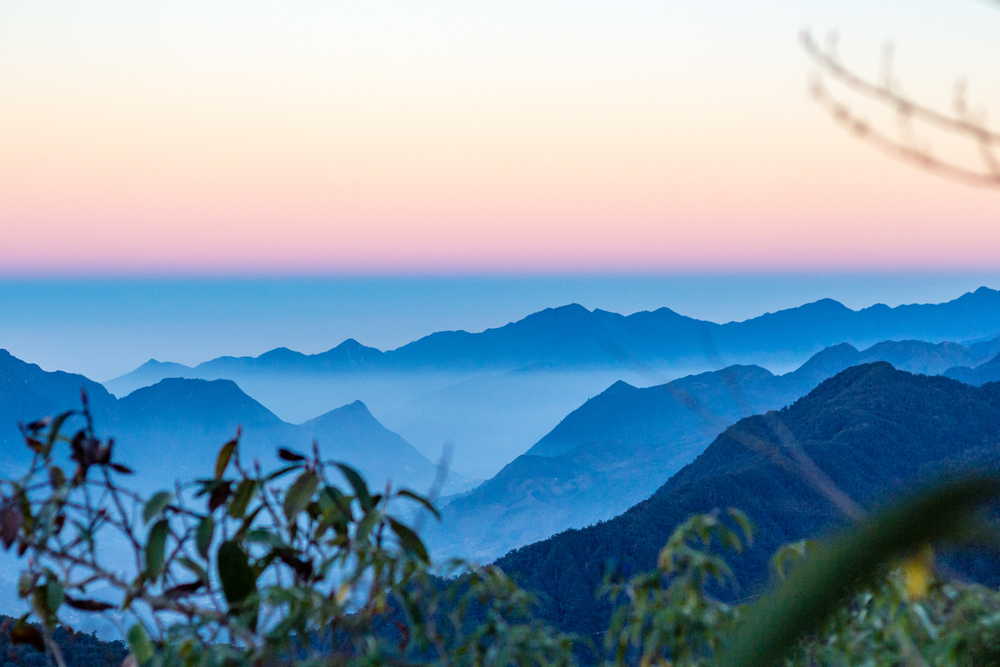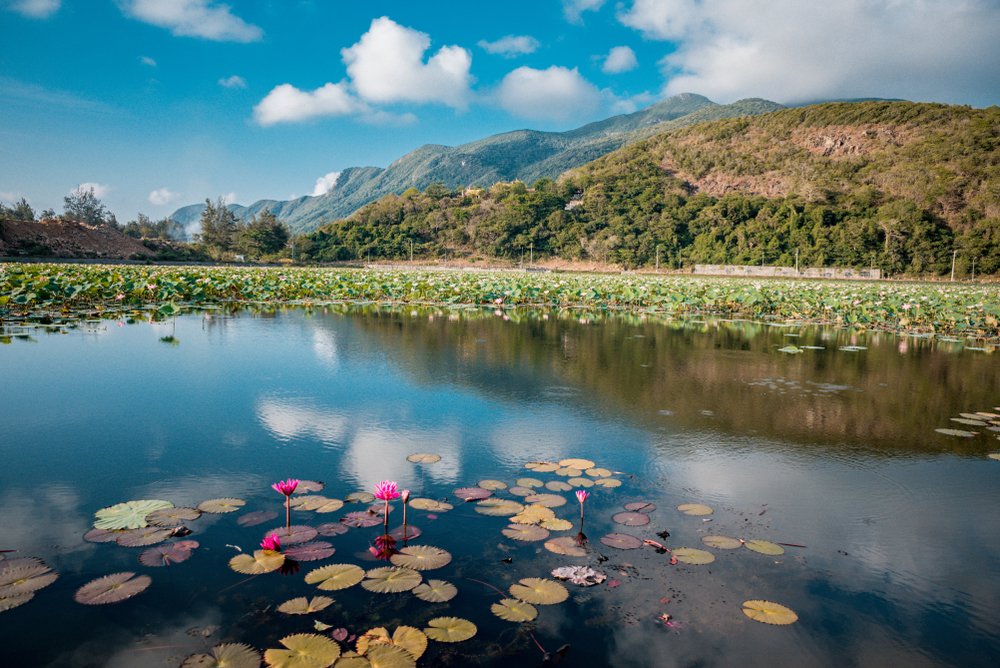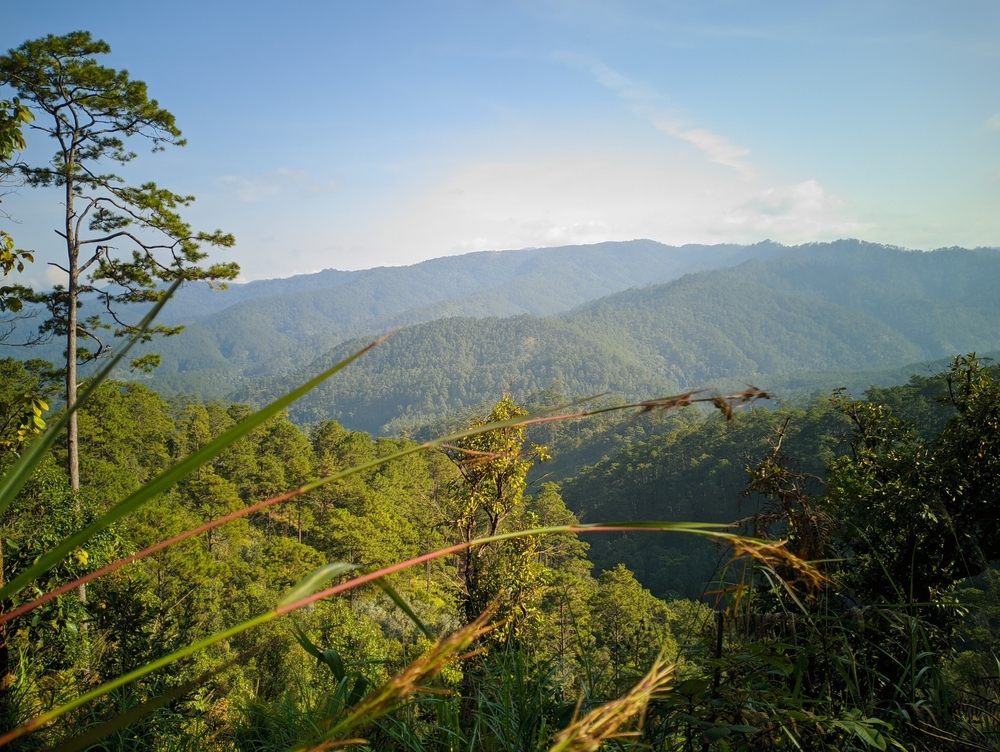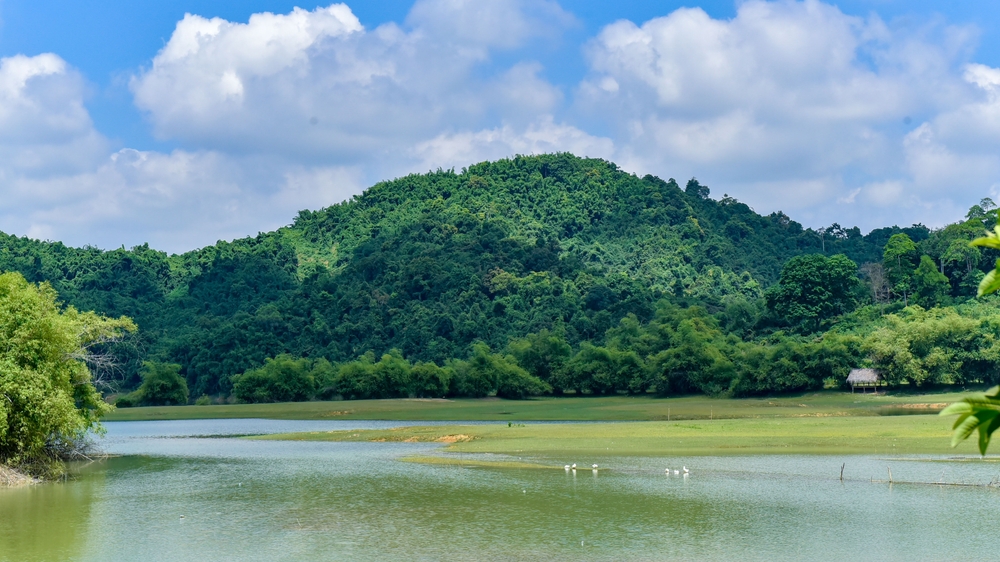Lò Gò-Xa Mát Overview
Lò Gò-Xa Mát National Park, located in the Tây Ninh Province of southern Vietnam, is a vibrant and ecologically significant area spanning approximately 74.6 square miles (193.3 square kilometers). Nestled near the Cambodian border, this park is a lesser-known gem, rich in biodiversity and home to a variety of ecosystems, including tropical forests, wetlands, and grasslands. Its name, “Lò Gò-Xa Mát,” reflects the cultural heritage of the region and emphasizes the connection between the land and its historical significance.
The terrain of the park is diverse, with gently rolling landscapes interspersed with wetlands and forested areas. The park is drained by the Vàm Cỏ Đông River and its tributaries, creating a network of waterways that nurture lush vegetation and sustain the local wildlife.
The forests here feature a mix of evergreen and deciduous trees, along with bamboo thickets, forming a dense canopy that provides shade and shelter to countless species. Among the most notable geographic features is the park’s wetland region, which becomes particularly vibrant during the rainy season, creating a haven for aquatic and bird life.
Lò Gò-Xa Mát National Park is a sanctuary for wildlife, hosting over 700 plant species and nearly 300 vertebrate species. Among its residents are some of Vietnam’s most iconic and endangered animals. Visitors might encounter mammals such as the Sunda pangolin, the long-tailed macaque, and the small-clawed otter.
The park is also home to various bird species, making it a favored destination for birdwatchers. Rare and colorful birds such as the Germain’s peacock-pheasant and the white-winged duck can be spotted here, adding to the allure of the area. The wetlands also attract an array of amphibians and reptiles, contributing to the park’s dynamic ecosystem.
Visitors to the park are drawn to its peaceful landscapes and the opportunity to explore its unique biodiversity. Popular activities include guided nature walks, birdwatching tours, and boat trips along the river to observe the thriving aquatic ecosystems. The park’s educational programs and eco-tourism initiatives aim to raise awareness of its ecological value and promote sustainable interaction with the environment.
Conservation efforts at Lò Gò-Xa Mát National Park have achieved significant milestones, particularly in protecting endangered species and restoring habitats. However, challenges such as deforestation, illegal logging, and encroachment by agricultural activities persist.
The park’s management collaborates with local communities and conservation organizations to address these issues, emphasizing sustainable land use and increased surveillance. The park’s success in creating awareness among locals and visitors alike is a testament to its commitment to preserving Vietnam’s natural heritage.








































































